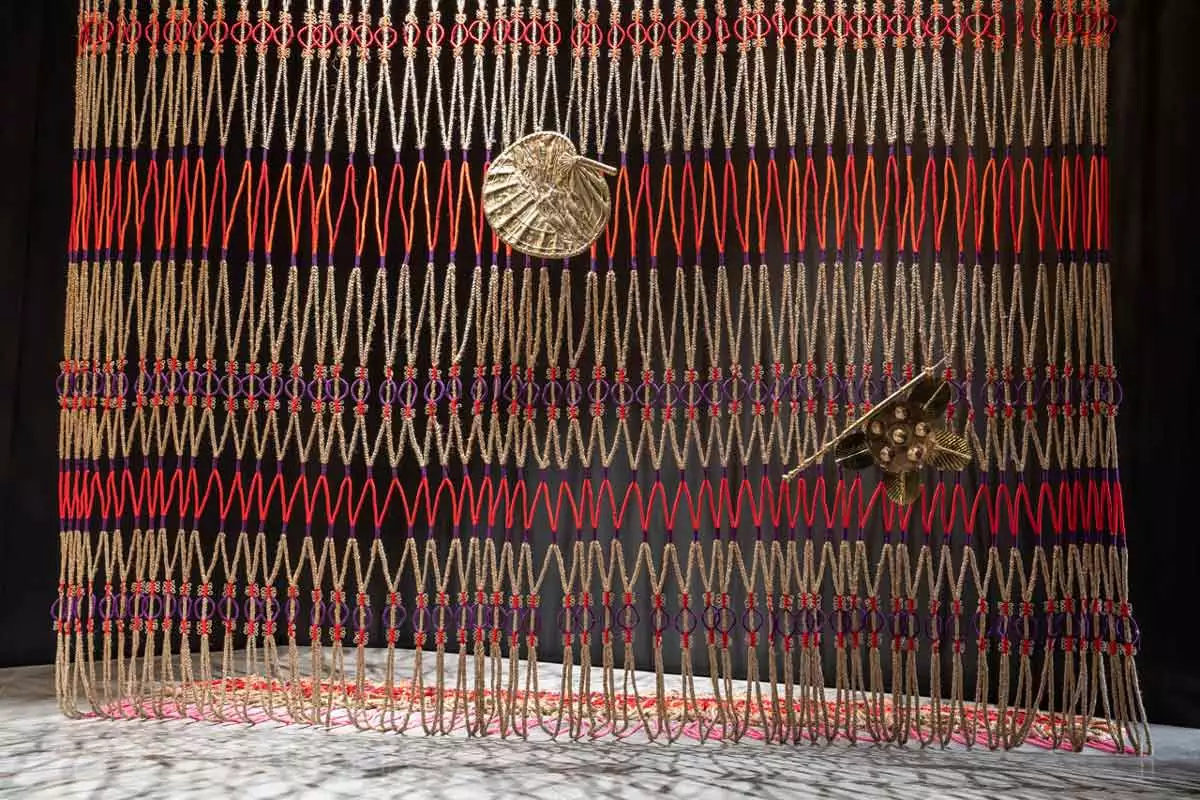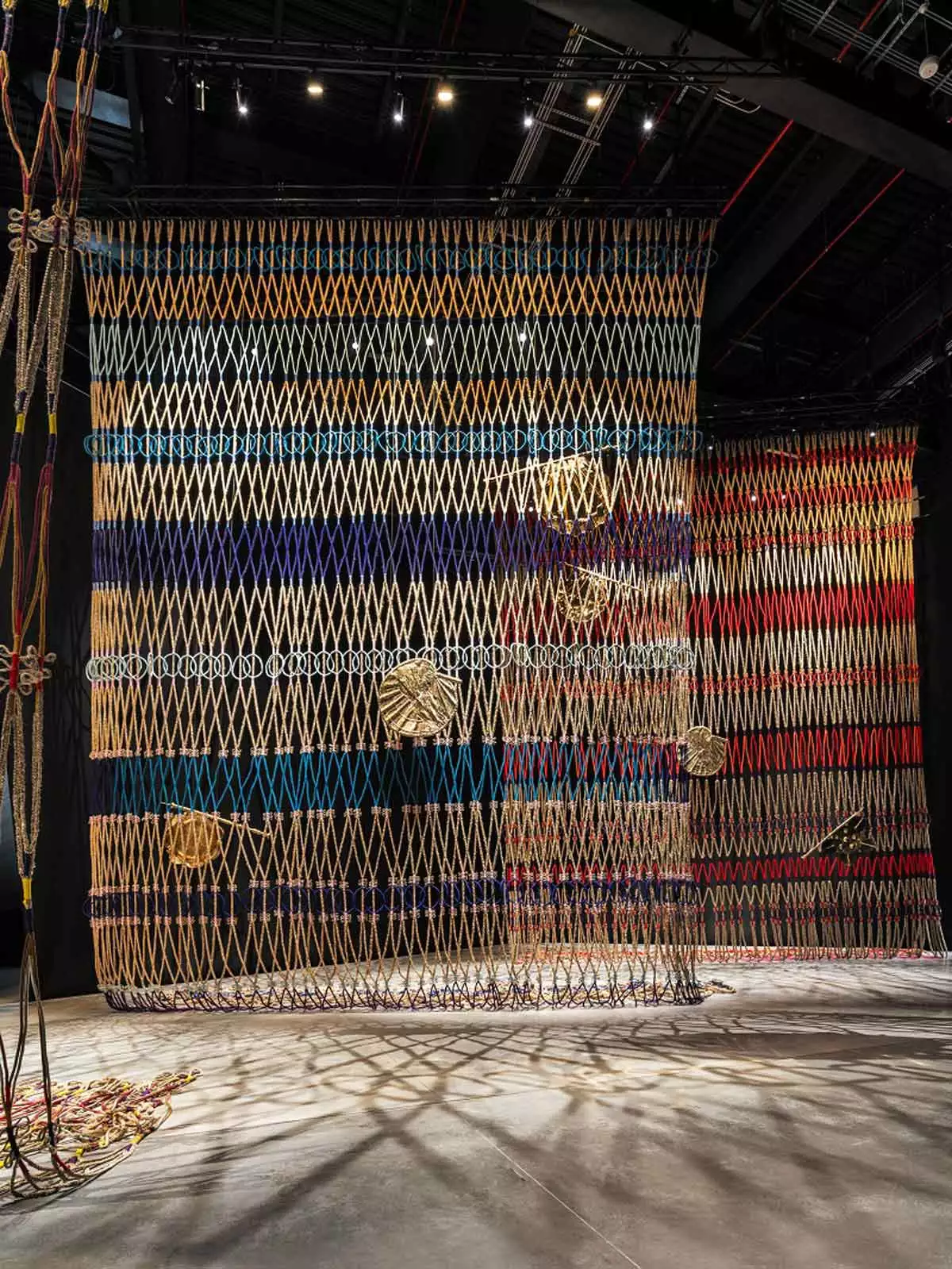The River Remembers
This work stems from my search of the displacement my maternal family faced during the Partition of Bengal in 1947. My mother was only 11 when she had to leave her ancestral home in Jalpaiguri along with her family, settling in Bangladesh, disconnected from all relatives across the sudden borderline that appeared due to sheer fate of history and went right through the yard of their house. Now, my mother is 87 years old and still fondly talks about her ancestral home and her maternal grandparents’ home which was situated beside the Teesta river – a river, like many others, that does not follow the lines of ownership drawn by men and flows through both Bengals of today; the West Bengal of India and Bangladesh. Her feelings and words about Jalpaiguri are filled with nostalgia and longing; a longing for home.
Simultaneously, this work also contains the memory of Johura Begum who is an inhabitant of the village I belong to and an excellent ‘shika’ artisan, hailing from her birthplace in Assam beside the river Brahmaputra, where her parents went as farmers as part of the British induced migration during the colonial period. She was also displaced during the partition, traveling across the border, moving along the river Brahmaputra, losing her home to the river several times until settling down in this village of Balia, Thakurgaon.
I grew up listening to these stories, inheriting this strange longing for places I have never lived in. Tracing their recollections and my imagination shaped around these stories – tales of two mighty rivers of North Bengal – Teesta and Brahmaputra – this work speaks of migration, ecology, the idea of home and most of all – dislocation and belonging. Different colored threads correspond to the color of the water at various points on the Teesta and Brahmaputra rivers, while the brass disks convey the collective memories of the riverbanks.
2022
Islamic Art Biennale 2022-2023



